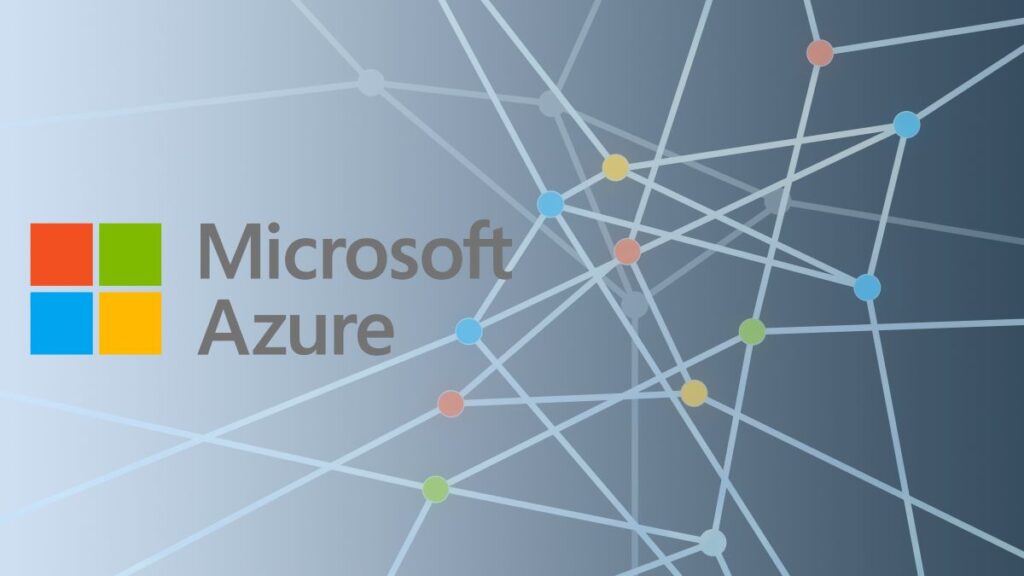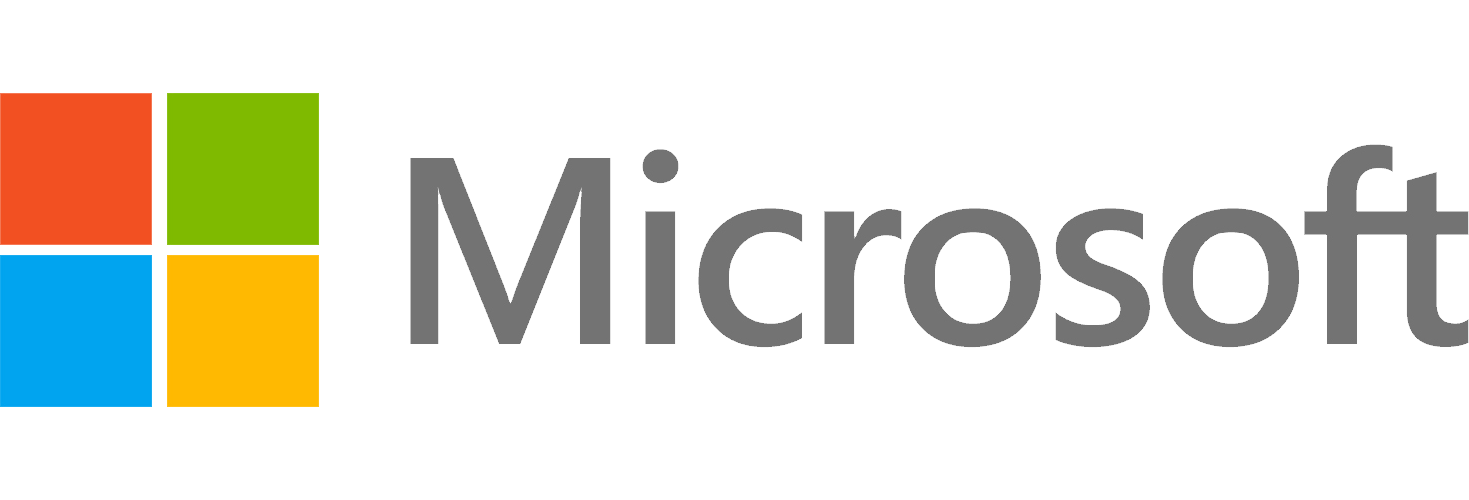
In addition to the significant revenue boost from its new Generative AI portfolio, Microsoft said its fiscal-Q4 blowout was also triggered by the defection of some AWS customers to Azure, contributing to Azure reaching $55 billion in revenue for the fiscal year ended June 30.
Eight months after triggering the GenAI revolution with the launch of ChatGPT, Microsoft cited its GenAI products early and often during its recent Q4 earnings call. That’s clearly a significant achievement for Microsoft, as CEO Satya Nadella has declared the world has now moved into the “AI era” and that AI will be the “next computing platform.”
But I was surprised to hear Nadella attribute some of his company’s powerful fiscal-Q4 cloud performance — revenue up 21% (23% in constant currency) to $30.3 billion — to Microsoft’s ability to snatch cloud customers from other major cloud providers.
And while Nadella did not specify AWS by name, it is only reasonable to expect that since AWS is the acknowledged leader in cloud infrastructure, at least some or perhaps even most of those crossover customers are leaving AWS for Azure.
While it’s certainly possible that some are coming from Google Cloud, the likelihood of that being a major source of these new Azure converts is small because Google Cloud reported very strong results — revenue up 28% to $8 billion — for the same three-month period as Microsoft’s fiscal Q4, which ended June 30.
That outcome would have been very difficult for Google Cloud to achieve had it been hemorrhaging customers to Microsoft. Conversely, as I’ve analyzed in detail recently, while Microsoft and Google Cloud matched in Q2 the growth rates they achieved in Q1 and demonstrated strong momentum in a wickedly competitive market, AWS has seen its growth rates tumble precipitously for each of the past six quarters, plummeting from 40% to 16%. For more on that, please see my recent analysis headlined “Amazon’s Huge Cloud Problem: AWS Can’t Keep Up With Microsoft, Google, and Oracle.”
During last week’s fiscal-Q4 earnings call, here’s how Nadella described the competitive cutovers that I believe came largely from AWS. As you read this excerpt, notice how Nadella specifically points out how Microsoft went from trailing AWS in the early days of the cloud — what I refer to as the Productivity Cloud — to now becoming the leader in the next phase, which I have dubbed the Innovation Cloud.
“The thing that we are both seeing and excited about is the new workloads,” Nadella said in response to an analyst’s question about Azure’s potential for renewed levels of growth.
“I mean, if you think about Azure, we have grown Azure over the years, coming from behind. And here we are, as a strong number two in the lead when it comes to these new workloads.
“For example, we are seeing new logos. Customers who may have used another cloud for most of what they do are, for the first time, sort of starting to use Azure for some of their new AI workloads. We also have even customers who have used multiple clouds, who’ve used us for a class of sort of workloads, also start new projects when it’s in data and AI, which they were using other clouds for” (emphasis added).
Nadella then went on to offer a bullish outlook for the company’s cloud business, which for the fiscal year ended June 30 generated a remarkable $110 billion in revenue, up 27% in constant currency.
“What I think you will see us is more share gains, more logo gains, reducing our TAC [traffic acquisition costs] even. And so, those are the points of leverage.
“But at the same time, we are not a small business anymore in any of these things. We are of significant scale. And so, yes, we celebrate,” he said.
And Nadella then mentioned how Azure offers two distinct revenue streams for AI, a dynamic that underpins his optimism because it shows how Microsoft is able to address customer requirements in ways that others — and I would say particularly AWS — cannot.
“I think [CFO Amy Hood] mentioned that there are two parts to even the AI, right? There are the models themselves with our partnership with OpenAI. That’s sort of one type of spend on compute.
“And the other is much more revenue-driven, right, which is we will track the inference costs to the revenue and demand. And you’re already seeing both of those play out.”
Gain insight into the way Bob Evans builds and updates the Cloud Wars Top 10 ranking, as well as how C-suite executives use the list to inform strategic cloud purchase decisions. That’s available exclusively through the Acceleration Economy Cloud Wars Top 10 Course.










